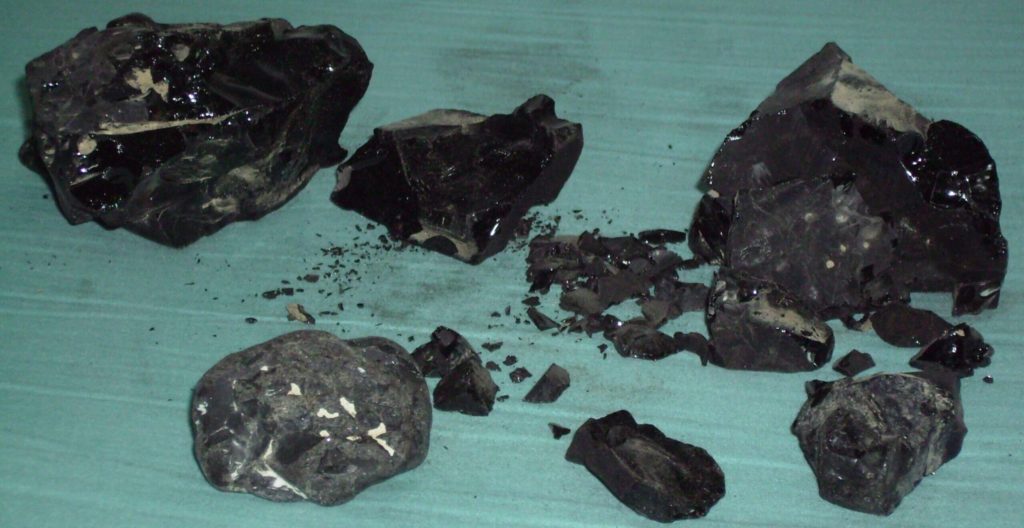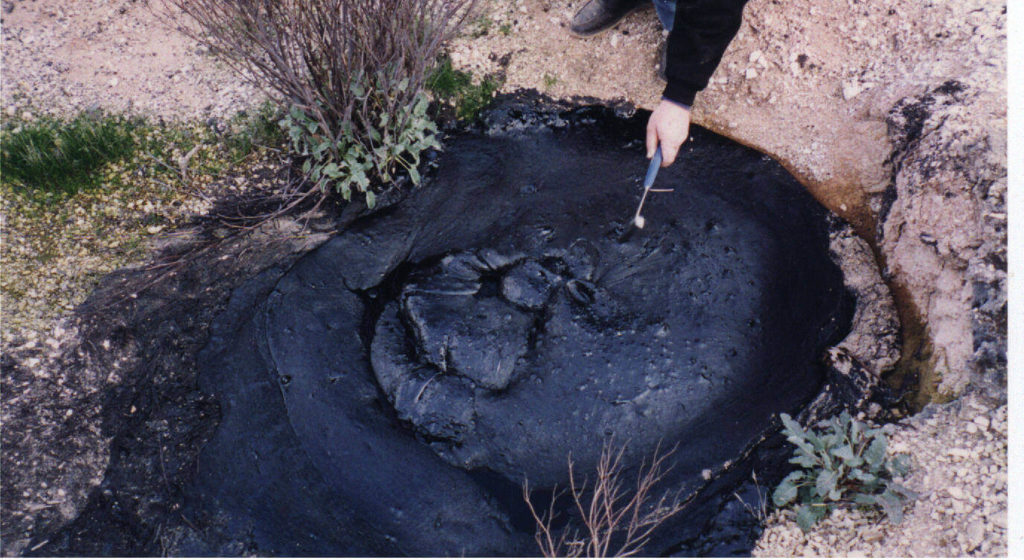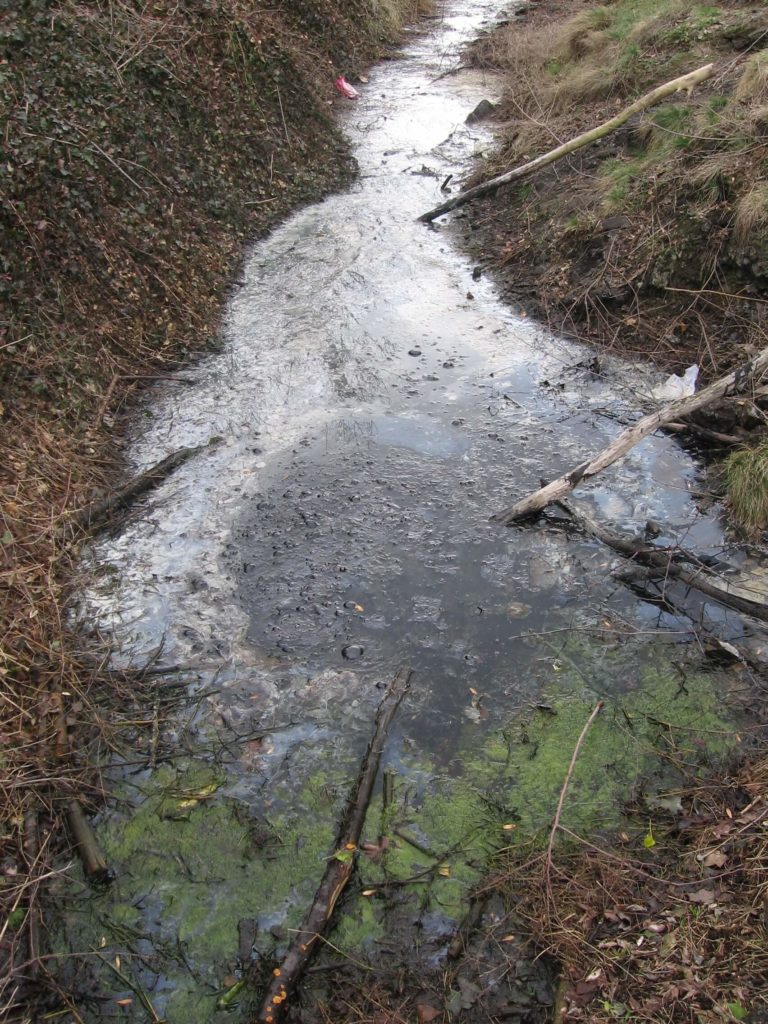Let’s Get Technical: What is in a good asphalt mix?
Before we get into that, let’s talk about what it is. That’s going to guide us as to what makes a good mix for asphalt paving.
What we call “Asphalt” is actually a mix of asphalt (or bitumen) and crushed rocks .

It couldn’t be simpler, could it? Hot asphalt provides the binding agent (in what we just call concrete, that binding agent is called ‘cement’ so that makes it “cement concrete”) that keeps the stones bound together and when it cures it forms a black, smooth firm surface ideal for parking cars or for normal traffic.
It’s more accurate to call “asphalt” something more specific “asphalt concrete.”
Also: Asphalt isn’t Tar.
It’s important to remember that. Asphalt is a petroleum derivative and tar is a coal derivative.


Why Does Mix Matter in Parking Lot Paving?
The mix you get is going to depend on the application and deciding which mix to use is an integral part of the paving process.
What are you using the pavement for? Is it an industrial parking lot or a commercial parking lot? It’s going to need one mix. Is it a low traffic road? That’s going to be another mix. Is it a highway? That’s another mix.
And then you have mixes WITHIN the mix. For example, you can have larger stone aggregate at a deeper level and then finer stone towards the surface depending on what you’re going for.
Base Course Vs Wear Course
That’s why many who pave asphalt parking lots prefer to pave in a few different waves or “courses.” And you have your base course of larger crushed rocks and a wear course of smaller crushed rocks.

What’s Different Between the Different Asphalt Mixes?
There are a few things that can be different from mix to mix. But the main thing is about differences in the coarseness of the crushed rocks.
Differences in Crushed Rock
The crushed rock (or gravel) that goes into making asphalt concrete is graded by industry standards. Your Project Designer will be making the recommendation for your project’s customized pavement structure based on the application of the pavement.
Gravel Size
You can start with very coarse stone, which provides the greatest amount of strength, and then move down to the finest particles possible (sand) in order to get the least permeability and most flexibility.
It’s a balancing act: the coarser the particles, the more strength you have, but that would leave you exposed to more liquid seeping down into the asphalt and to the sub grade below. But if you only have fine particles, your mix becomes too flexible and won’t support as much weight from heavy traffic.
A good paving contractor knows how much base course and how much wear course you’re going to need based on what you tell us. We can get so specific now that we can even pave different parts of a commercial property with different kinds of pavement structures. A little more base course here, a little more wear course there.
Sub Grade
The next difference, after asphalt mix, is going to be the sub grade. Sometimes we can use recycled asphalt surfaces as the sub grade material! Your old parking lot gets milled and then we use it as the sub grade for your new parking lot!
With sub grade it’s more of a question of how much. How deep we need to excavate depends, once again, on the application of the area being paved. And once again, different parts of the property can have different levels of sub grade based on what the use of that area is. Is it going to be a turning lane? Is it going to have cars or trucks parked on it?
All of these questions are going to come up during your free estimate consultation with our Project Designers. The better information we have about the use of the property, the better our customized pavement design is going to be.

